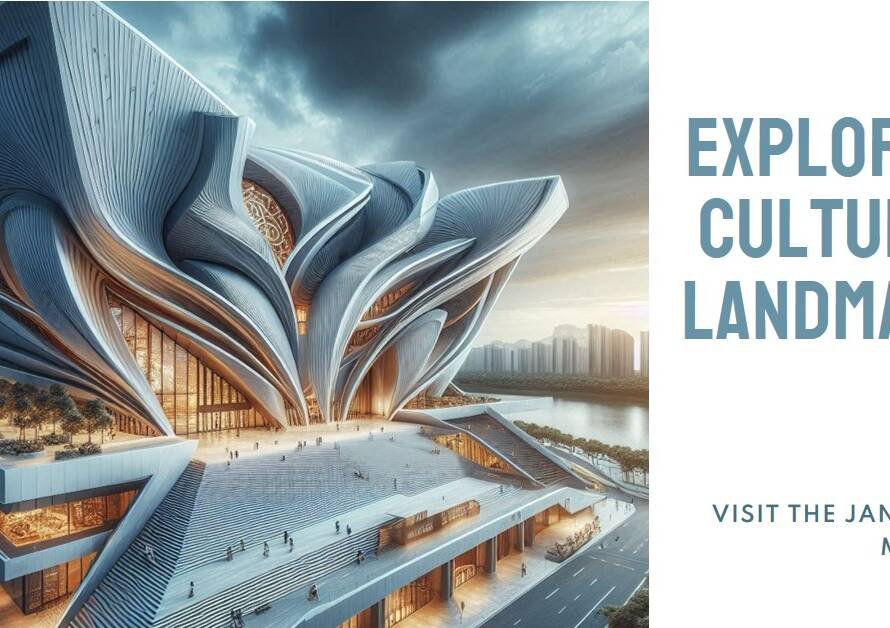
Table of Contents
Introduction to Sustainable Development:
In the relentless march of urbanization, cities often find themselves engulfed in the ever-expanding sprawl of concrete, asphalt, and steel. Urban sprawl, characterized by the rapid and unplanned spread of development into surrounding areas, poses significant challenges to sustainable development. However, with strategic planning and innovative approaches, cities can combat this phenomenon while fostering vibrant communities and preserving precious natural resources.
Understanding Urban Sprawl:
Urban sprawl is not merely the physical expansion of cities but also encompasses the associated social, economic, and environmental consequences. It leads to fragmented landscapes, increased traffic congestion, higher infrastructure costs, and diminished quality of life for residents. Furthermore, sprawling development patterns contribute to habitat loss, air and water pollution, and exacerbate climate change.
Promoting Compact Development:
One effective strategy for combatting urban sprawl is promoting compact development. This involves concentrating growth within existing urban areas through infill development and redevelopment projects. By revitalizing underutilized spaces and repurposing vacant lots, cities can accommodate population growth without encroaching further into natural landscapes. Compact development encourages mixed-use zoning, pedestrian-friendly design, and efficient use of infrastructure, thereby reducing automobile dependence and promoting a sense of community.
Investing in Public Transportation:
A robust public transportation system is indispensable in curbing urban sprawl and fostering sustainable development. By providing convenient and affordable alternatives to private automobiles, cities can alleviate traffic congestion, reduce greenhouse gas emissions, and enhance accessibility for all residents. Investing in mass transit, including buses, light rail, and subway systems, promotes efficient land use by concentrating development along transit corridors and transit-oriented developments (TODs).
Preserving Green Spaces:
Preserving green spaces within urban areas is essential for combating sprawl and enhancing overall quality of life. Parks, greenways, and natural reserves not only provide recreational opportunities but also serve as vital ecosystems, mitigating urban heat islands, improving air quality, and supporting biodiversity. Incorporating green infrastructure into urban planning, such as green roofs, permeable pavement, and urban forests, helps mitigate the adverse effects of development while enhancing the resilience of cities to climate change.


Fostering Smart Growth Policies:
Smart growth principles offer a comprehensive framework for managing urban development in a sustainable manner. By emphasizing mixed land uses, compact design, affordable housing, and environmental conservation, smart growth policies promote economic prosperity, social equity, and environmental stewardship. Implementing zoning ordinances, development incentives, and regulatory mechanisms that align with smart growth objectives can steer growth towards desirable outcomes while preserving community character and preserving natural resources.
Encouraging Compact, Livable Neighborhoods:
Creating compact, livable neighborhoods is integral to combatting urban sprawl and fostering sustainable development. Compact neighborhoods feature diverse housing options, mixed-use developments, walkable streets, and accessible amenities such as schools, parks, and grocery stores. By promoting vibrant urban villages and complete streets designs, cities can enhance the quality of life for residents while minimizing the need for automobile travel and reducing greenhouse gas emissions.
Promoting Sustainable Land Use Planning:
Effective land use planning is crucial for combating urban sprawl and promoting sustainable development. By establishing clear land use policies, density targets, and growth boundaries, cities can guide development towards areas with existing infrastructure and services while protecting sensitive ecosystems and agricultural lands. Implementing tools such as urban growth boundaries, transferable development rights, and conservation easements helps balance growth with environmental conservation and resource stewardship.
Harnessing Technology and Innovation:
Technology and innovation play a pivotal role in combatting urban sprawl and advancing sustainable development. From smart city solutions and digital planning tools to green building technologies and renewable energy systems, innovative approaches can optimize resource efficiency, enhance urban resilience, and improve quality of life. Embracing data-driven decision-making, participatory planning processes, and collaborative platforms empowers stakeholders to co-create inclusive, resilient, and livable cities for future generations.
Conclusion:
Combatting urban sprawl requires a multifaceted approach that integrates land use planning, transportation policies, green infrastructure, and community engagement. By prioritizing compact, connected, and sustainable development strategies, cities can mitigate the adverse impacts of sprawl while fostering resilient, equitable, and prosperous communities. Embracing innovation, collaboration, and a long-term vision for urban sustainability is essential in shaping cities that thrive amidst the challenges of the 21st century. Together, we can tame the concrete jungle and create cities that are truly sustainable, livable, and inspiring for generations to come.


